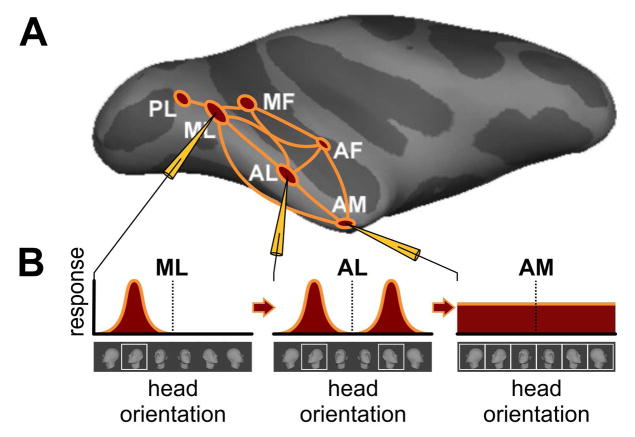Figure 1. Schematic of the macaque face-patch system[12, 13, 7].
(A) Side view of computer-inflated macaque cortex with six areas of face-selective cortex (red) in the temporal lobe together with connectivity graph (orange). Face areas are named based on their anatomical location: PL, posterior lateral; ML; middle lateral; MF, middle fundus; AL, anterior lateral; AF, anterior fundus ; AM, anterior medial (3), and have been found to be directly connected to each other to form a face-processing network [12]. Recordings from three face areas, ML, AL, AM, during presentations of faces at different head orientations revealed qualitatively different tuning properties, schematized in B. (B) Prototypical ML neurons are tuned to head orientation, e.g., as shown, a left profile. A prototypical neuron in AL, when tuned to one profile view, is tuned to the mirror-symmetric profile view as well. And a typical neuron in AM is only weakly tuned to head orientation. Because of this increasing invariance to in-depth rotation, increasing to invariance to size and position (not shown) and increased average response latencies from ML to AL to AM, it is thought that the main AL properties, including mirror-symmetry, have to be understood as transformations of ML representations, and the main AM properties as transformations of AL representations [7].

